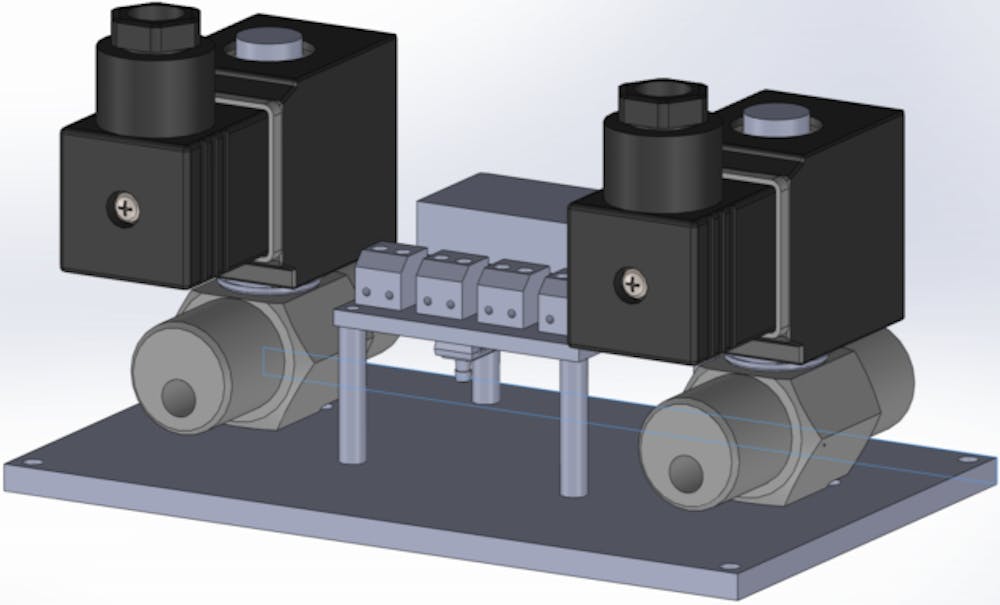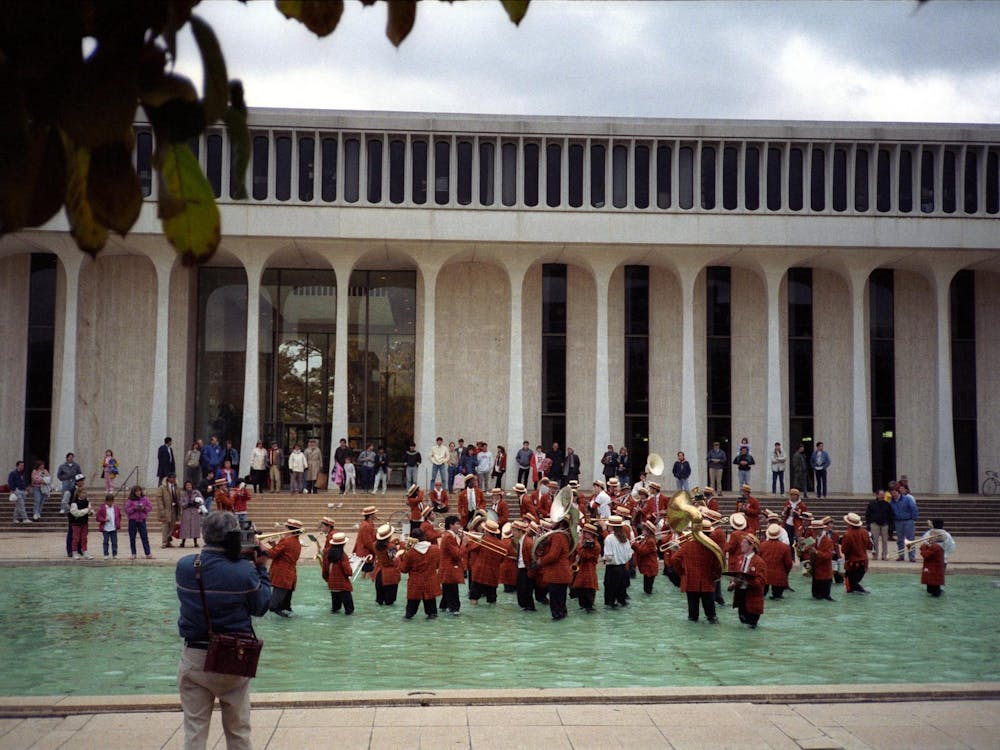A group of Canadian, Italian, and U.S. physicists and engineers, including University Professor of Physics Cristiano Galbiati, have designed and produced a prototype mechanical ventilator that may have the potential to be mass-produced for COVID-19 patients.
While the design is still undergoing government testing, the research could help alleviate a global shortage of ventilators during the pandemic.
A leading cause of fatality among COVID-19 patients is acute respiratory distress syndrome, which occurs when an individual’s lungs fail to provide enough oxygen for the body. Many severely afflicted patients require the assistance of a ventilator to maintain their ability to breathe until they can fight off the infection.
As the supply of ventilators is depleted, medical professionals have been forced to make difficult choices about which patients should be treated with the life-saving device.
“On the project are the doctors who [have] been hit the hardest by the epidemics,” Galbiati said. “They have an experience caring and attending to these people that is invaluable, so they know exactly what needs to be done to save the patients and to help their recovery.”
A ventilator manages a sophisticated process, in which it pumps oxygen into the lungs, controlling the volume and/ or pressure to remove the carbon dioxide exhaled by the patient. The group of physicists led by Galbiati, who is also a member of the DarkSide experiment at the Gran Sasso National Laboratory in Italy, designed a prototype ventilator optimized for cheap and rapid mass-production.
The prototype, named Mechanical Ventilator Milano (MVM), is undergoing a series of tests in Italy to assess its capabilities. The design will be available to anyone who wants to manufacture the device, according to Galbiati.
The design of the MVM is built on the 1961 Manley Ventilator, designed by Roger Manley of Westminster Hospital in London, which Galbiati described as old but reliable.
Unlike the Manley Ventilator, the MVM, which the physicists described as being an “electro-mechanical equivalent” of the former, will utilize electronically driven pneumatic valves, which can be controlled through a computer.
According to a preprint paper by Galbiati and his collaborators, the MVM is deliberately simple and comprised of low-cost, readily available parts that can be found around the world. The ventilator can be controlled through Wi-Fi, and its operation requires only a consistent supply of power and compressed oxygen.
The total cost of manufacturing a single MVM falls within several hundred dollars, while the ventilators at the center of another proposed venture between General Motors and Ventec Life Systems could cost around $18,000 each.
More advanced ventilators are usually able to control both the volume and the pressure of the oxygen within a patient’s lungs, but the MVM will only have the capability to control the pressure. According to Galbiati, however, this type of ventilator would still be valuable, since many patients are not receiving treatment of any kind.

Fernando Ferroni, a physicist at the Sapienza University of Rome and the former President of the Italian National Institute for Nuclear Physics, took part in the design of the MVM. He remarked on the scale of the large collaboration.
“We have more than 100 people working on the project, and these people are contributing according to their expertise in the different sectors,” Ferroni said. “There are people that produce the idea, there are people who test things, and there are people who put things together and decide what kind of qualifications we need. This is based on the experience of high energy physicists who are used to work[ing] all over the world.”
Also leading the joint effort in North America is Arthur B. McDonald, a physicist at Queen’s University at Kingston, Canada, and a former professor of physics at the University. McDonald is a co-recipient of the 2015 Nobel Prize in Physics.
McDonald is leading a coordinated effort by Canadian researchers at Chalk River Laboratories in Chalk River, Ontario, the TRIUMF particle accelerator in Vancouver, British Columbia, and SNOLAB in Sudbury, Ontario, to manufacture two more prototype ventilators, which resemble the MVM and will be used in Canadian hospitals.
McDonald also noted collaborations with the Fermi National Accelerator Laboratory in Illinois, as well as the Princeton Plasma Physics Laboratory.
“We are all very conscious of the fact that in the longer term, the less developed parts of the world are going to be hit hard by this [pandemic], and there’s going to be great needs around the world,” McDonald said, “Creating something that is simple but capable of doing everything that’s needed was [Galbiati’s] original vision, and I think it’s panning out very well.”








